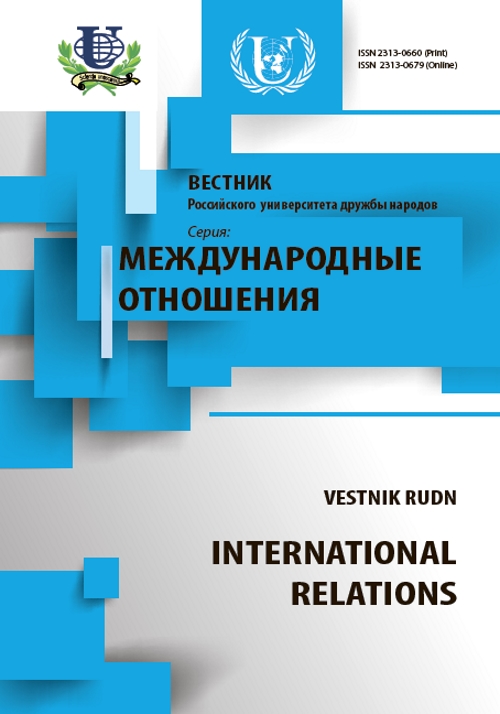Latin American Development Trends and Brazil’s Role in the Region
- 作者: De Almeida P.R.1
-
隶属关系:
- Centro Universitario de Brasilia (UniCEUB)
- 期: 卷 15, 编号 4 (2015): Latin America in the 21st Century: Challenges and Prospects
- 页面: 7-19
- 栏目: Articles
- URL: https://journals.rudn.ru/international-relations/article/view/10492
如何引用文章
全文:
详细
The article considers the main directions of development of Latin American countries in XX century, defines the features of the process of economic stabilization (the case of Argentina and Brazil), the resolution of debt crisis, the development of democratization and the influence of globalization. The author reveals the main features of the integration processes in the region (Mercosur, UNASUR, the Pacific Alliance and the Venezuelan project of Alba), the consequences of the implosion of the FTAA. The author shows that most of Latin American countries followed their roles of primary products exporters, a characteristic even reinforced in the last decade by the impressive growth of China. The role of trade and economic policy of China in the region has changed and it turned into the main regional trade partner, taking the place previously held by the United States. The analyses of the successes and failures in the implementation of economic reforms in Brazil is provided. Three scenarios of regional development are proposed depending on the degree of regional inclusion in the process of globalization.
参考








